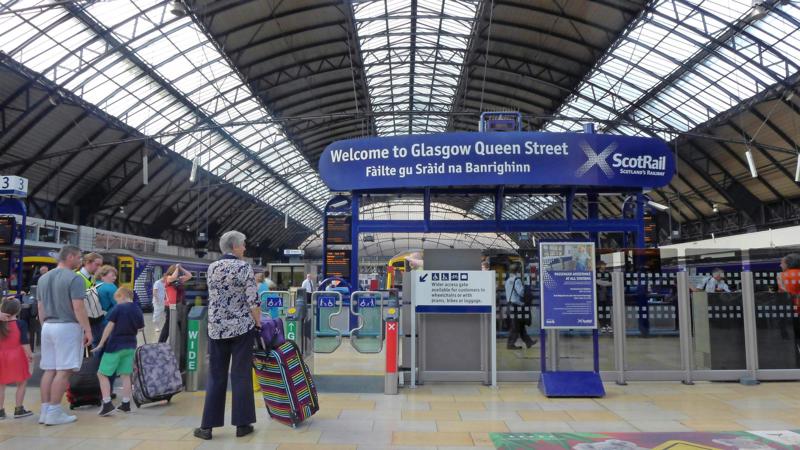
The rail industry needs to talk itself up more, to help encourage more people onto the network.

The rail industry needs to talk itself up more, to help encourage more people onto the network.
That’s the view of Darren Caplan, chief executive at the Railway Industry Association (RIA), at its event focusing on the future of rail.
During the conference, delegates saw the latest report by the Steer consultanxy about passenger demand, and were able to discuss how to increase that further.
Steer’s report showed that passenger demand increased by 16% in 2023-24, driven by the Elizabeth line and reduced industrial action.
It also pointed out that growth has not been uniform - long- distance travel to and from the North East was up 110% on pre- pandemic levels, with commuter travel in the Anglia region at 94%, while at the other end of the scale West Midlands commuter traffic stood at 73%.
Caplan said more needed to be made of improving passenger numbers and revenue, citing the 1.7 billion journeys made in the 12 months to September 2024.
He also highlighted that 40% of Elizabeth line passengers are new to rail.
“People are saying they are coming from the Tube. They are not. They are people using main line rail for the first time,” he told RAIL.
Caplan also warned against the risk of using out-of-date figures, telling delegates that the figure of 80% of pre-pandemic revenue is still referred to, whereas the latest Office of Rail and Road data for July-September 2024, published in December, showed revenue was at 86% compared with the same period in 2019. Caplan also said the figures are compared with 2019-20 - “the second highest on record”.
“There are plenty of very positive stories,” he said, adding: “The Steer report is saying passenger numbers are going to grow between 37% and 97% by 2050.”
Steer reported that average long-distance passenger numbers are now at 92% of pre- pandemic levels. Airport traffic, Regional and South East travel stand at 89%, 82% and 79% respectively.
This is due to long-distance markets opening quicker, and yield management tools in place to drive up demand, while the commuter market involves a smaller desire to travel and operators not having the tools to tackle the reduced inclination to travel.
In its report, Steer said younger people were more likely to be trying rail for the first time, but also more likely to have stopped.
It also said that punctuality and reliability was the most important factor in instilling confidence in train travel.
Login to continue reading
Or register with RAIL to keep up-to-date with the latest news, insight and opinion.


















Login to comment
Comments
No comments have been made yet.